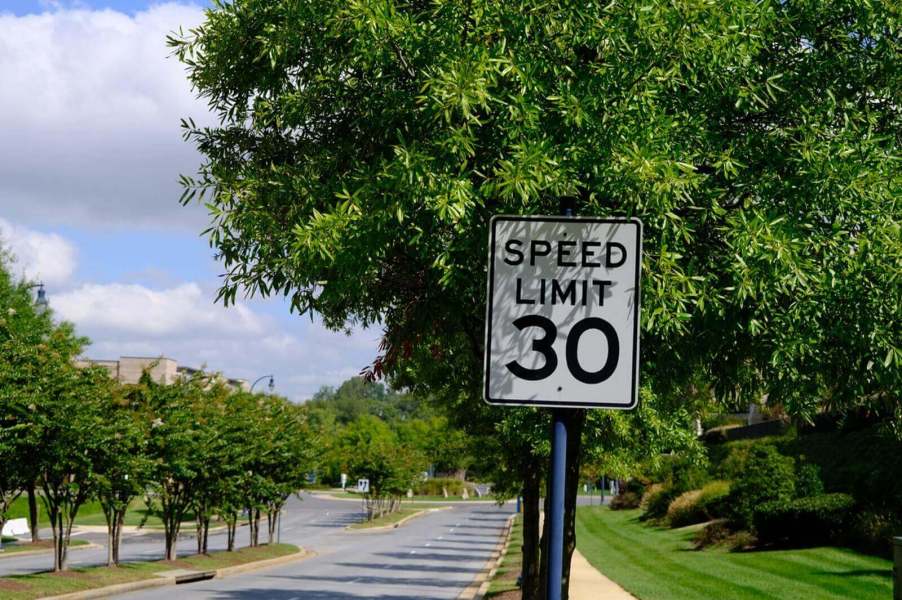
Is It Legal To Break the Speed Limit in an Emergency?
You’ve seen it in movies and shows: a frantic father-to-be breaking traffic laws left and right. In the backseat, the mother-to-be is performing controlled breathing exercises as she awaits hospital staff to receive her. Ok, that’s a pretty dire circumstance, there. But people speed and ignore safety regulations every day. So, is it legal to break the speed limit in an emergency?
Even in a serious emergency, it’s never legal to speed or break traffic laws
In short, it’s illegal to speed in an emergency. Full stop. The same goes for other traffic laws like running red lights. In the case of the pregnant passenger (or any emergency, for that matter), speeding and breaking traffic laws could be more than an expensive ticket or reckless driving charge; it could be a safety issue.
Any amount of speed you add decreases your ability to stop or maintain control during maneuvers. As such, you could be putting yourself, your passengers, and other motorists or pedestrians in harm’s way. Moreover, attempting to clear an intersection with a red light could similarly endanger every person present. It’s just not worth it.
I can’t stress this enough; you should call for an ambulance in emergency medical situations. Hell, it’s in the name. The national average suburban and urban response time is around seven minutes (probably faster than you could put yourself in your vehicle and endanger other people). On the other hand, many ambulances carry a paramedic capable of treating many issues en route to the hospital or on-site.

The only circumstances where vehicles are conceivably allowed to exceed the speed limit is with emergency vehicles in an official capacity. Think police, fire, or emergency medical services (EMS) on the way to a serious call. For instance, an ambulance or fire engine responding to a “code 3” call warrants a driver to exceed the speed limit in certain road conditions.
However, emergency vehicle drivers are encouraged to exercise their best judgment; families of dead motorists have sued for wrongful deaths involving speeding ambulances. Read more about cases where ambulances would run with lights and no sirens in my article here!
Source: NIH



